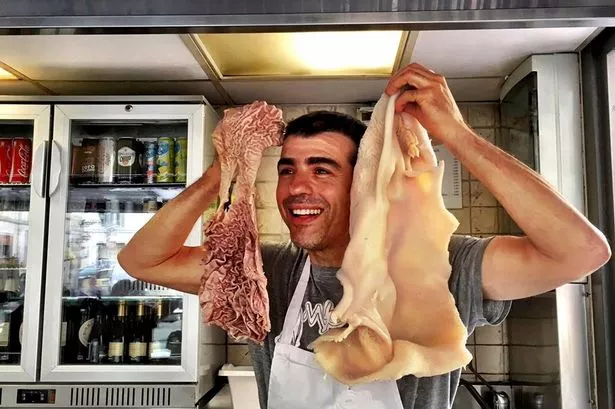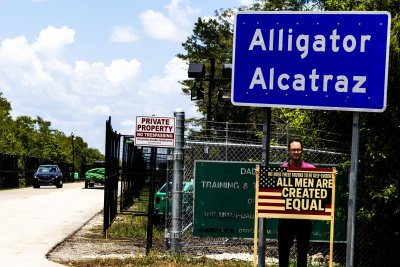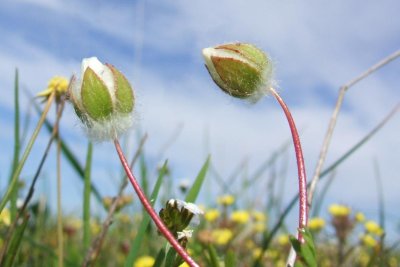Wish chew were here? The unusual foreign foods we’ve ‘enjoyed’ on our travels, from century eggs and frog stew, to guinea pig in Peru and rattlesnake with bison testicles in Texas
Going on holiday abroad has many pleasures – new horizons to explore, new cultures to embrace and new food to try. But when you order off an unfamiliar menu more in hope than expectation, it’s possible to end up with a plate of mystery morsels.
So, in the spirit of culinary curiosity, we asked our journalists (a pretty well-travelled bunch) for their foreign food memories.
To start the undercooked meatball rolling, I’ll contribute braised jellyfish with ‘century egg’ (fermented for months until a gelatinous greenish-grey) for an awful eggs-over-queasy breakfast in China, whole baby frogs in Thailand, guinea pig in Peru and rattlesnake with bison testicles in Texas. The rattlesnake wasn’t too bad. A bit like chicken…
What’s the most unusual food you’ve ever eaten? Let us know in the comments below or by emailing [email protected]
READ MORE: ‘I perfected packing when I went to space – this is how I never forget anything’READ MORE: Dog owners face pet tourist tax in holiday hotspot after DNA poo database fails
- Peter Rickman (production): “Octopus cooked in its own ink in the then Yugoslavia. Now I like a bit of octopus but this was like chunks of rubber floating in a watery black broth with two sad looking school dinner boiled potatoes… no thanks.”
- Ben Rankin (editors): “Horse intestines – never again. We were in a lovely restaurant in Kazakhstan, with a feast of food served to us, including special occasion dish Beshbarmak.
“The noodles and the horse meat were fine but the smelly, chewy, white intestine bites were difficult to, erm, stomach. I couldn’t get enough of the Kumys (mare’s milk) to wash it down and the Baursak (puffy bread) to get rid of the taste!’’
- Clare Fitzsimons (books): “Who doesn’t love a boiled egg? Me it turns out when it’s been cooked for about three seconds and then poured – yes poured – into a cup for you to eat (or clearly in this case drink) for breakfast.
“Singapore is a wonderful place but my breakfast left a lot to be desired and while bodybuilders like to neck raw eggs, it’s definitely not for me.”
- Lawrence Goldsmith (cartoons): “In Iceland I was served Hakarl, or fermented shark.
“It’s a traditional dish made from Greenland shark meat, cured through a fermentation process and then hung to dry. I was told that it was an ‘acquired taste’. If you like a dish tasting like highly spiced leather this is the one for you.’’
- Milo Boyd (travel): “Wiggly eel and frog stew: both fished out of a river in Croatia’s Neretva Delta in front of me and then served whole and steaming.
“The local community even came out to watch me tackle the slippery concoction, despite all of my protestations that I am a vegetarian.’’
- Mark Silver (sport): “I was with my girlfriend in her homeland of Belarus. And I was in the mood to propose to her after a good few years together. Well, I ended up not having the stomach for it, literally, after she dished up a traditional Belarusian delicacy – raw pig sausage.
“The smell did not entice me. It is a pig intestine stuffed with minced or chopped meat and spices.’’
- Michael Ham (sport): “A 10-course meal is not to be sniffed at anywhere, but the Minazuki custard with conger eel, scallop and veggies I had in Japan was also not to be sniffed at, if you catch my drift. And then it was followed by courses of crab brains and squid guts…. ‘’
- Siobhan McNally (features): “On a visit to Vilnius, Lithuania, in the late 1990s, we were served a traditional lunch of chewy boiled pigs’ ears for starters followed by Cepelinai or “zeppelins”, which are stuffed potato dumplings. We hungrily ate them up, and then our host explained ‘cooks make them like this’ before proceeding to spit in his hands and mould an imaginary German airship. We all stopped chewing and regurgitated the remains into our napkins. Now I will eat most things but I draw the line at human spittle.’’
- Andrew Gilpin (editors): “Fermented shark (again!) No one knew how it came to this: our Icelandic host dancing about with a knife in his hand and a giant cod eye in his mouth. That wasn’t even the worst thing eaten that day. The fermented ancient shark buried for months to give it that distinctive ammonia taste surely was. Even though it was five years ago I can still summon up the ‘taste’ in my nostrils. ‘A delicacy 400 years in the making’ – and certainly not worth it.’’
- Karin Wright (production): “On a food tour of Florence – lampredotto (lining of a cow’s fourth stomach) from a food truck, served in a sandwich with a strong salad verde (presumably to obscure the taste)… interesting flavour, awful texture. I took a bite to be polite.’’
- Aaron Flanagan (sport): “Singapore’s ‘Ice kachang’ translates very literally into ‘iced beans’ and is a traditional Malay dessert. Online reviews claim it is supposed to be a thirst-quenching concoction, but the combination of ice, jelly and red beans looks like something a five-year-old would throw together. Imagine freezing your chilli con carne overnight and eating it seconds after it leaves the freezer. Some foods shouldn’t have iced alternatives.’’
- Vicky Lissaman (travel): “Wolf, on the Côte d’Azur, France. It was described on a restaurant menu as ‘loup’ and I thought it was probably some sort of fish. (This was long before we had mobile phones to Google the meaning of words). When it arrived, all bleu and bloody, I thought that perhaps they had given me someone else’s steak. But then the waiter confirmed that it was, in fact, exactly what I ordered – wolf. I howled with laughter, and then spent a lot of time chewing it and forcing it down as if it was a bushtucker trial.’’
- Chris Granet (production): “Grilled cat, on a drunken Friday night in a Rio de Janeiro favela. It wasn’t great. A bit sinewy.”





